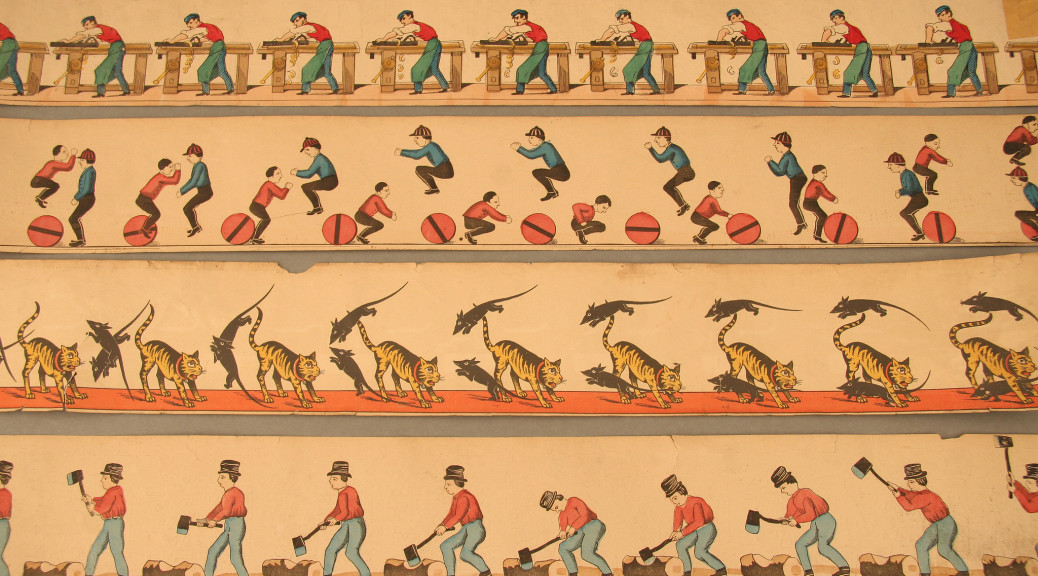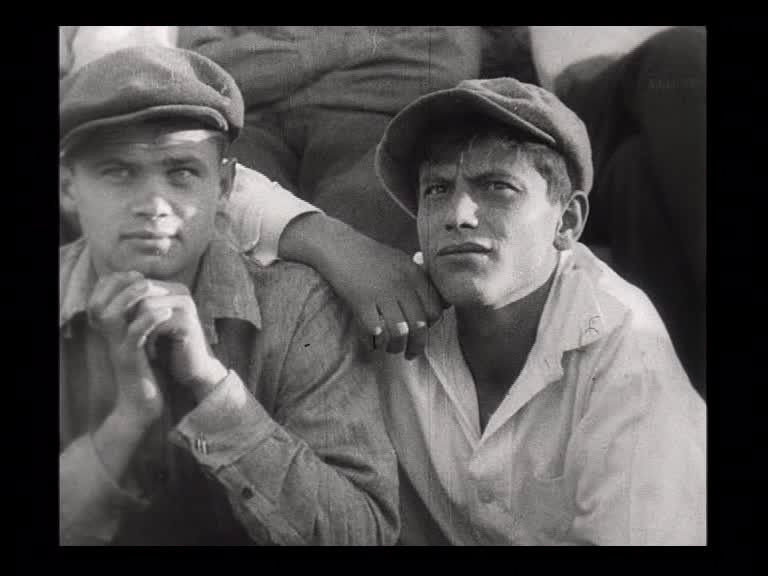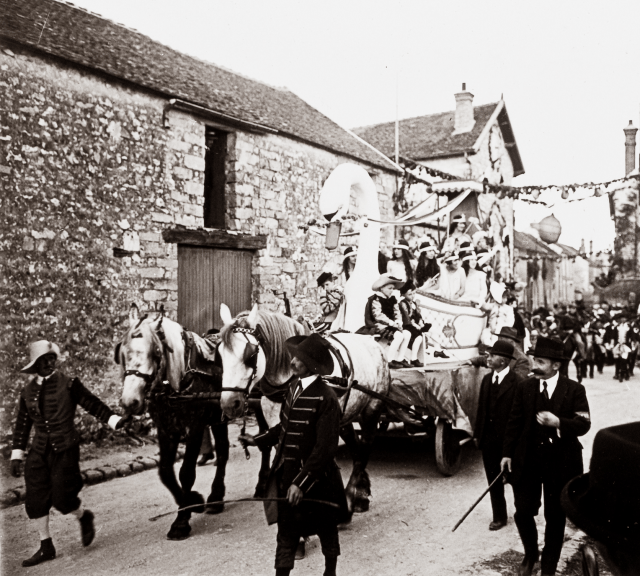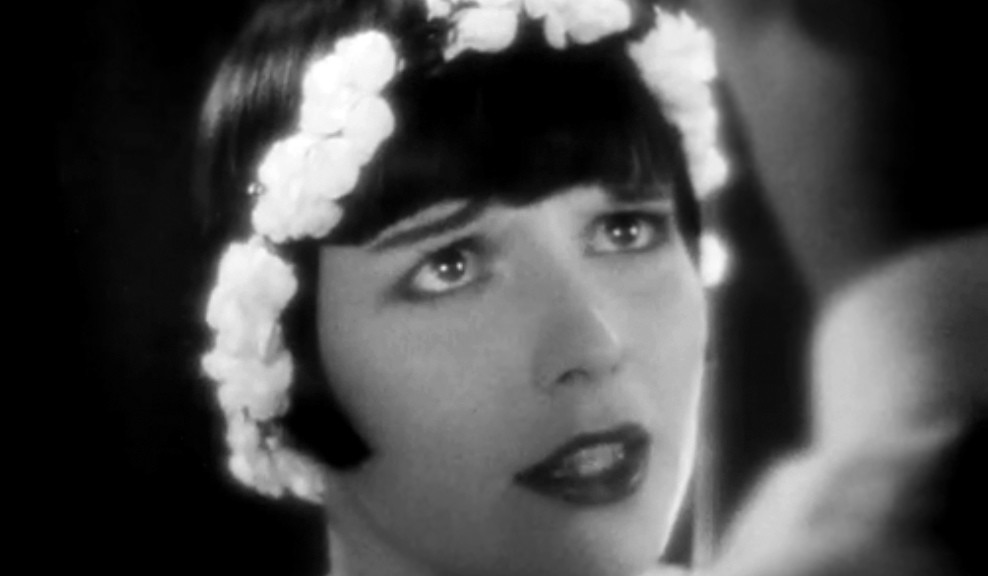The first public exhibition of projected film happened on December 28, 1895 at a cafe in France when the Lumiere Brothers famously projected their footage of a train. The Lumiere family was already involved in the film for photography business, and the two brothers were pivotal in the early development of the technology.
There were many other necessary inventions before that could happen.
D.W. Griffith’s pioneering film Birth of a Nation helped spur growth in the previously declined Klu Klux Klan.
In film, the screen in blank 1/3rd of the time. It appears otherwise to to the persistence of vision.
Jewels/Marie — First person to use flexible film stock and intermittent motion. Edison ripped him off.
Edison’s version: Kinetoscope. With a 20 seconds max run time.
Edward K. Dixon
Edison’s employee that did a lot of it.
Created 35 mm film stock with 4 perforations, which remains the standard for film today.
Eventually got fed up with Edison and tried to do his own thing.
Didn’t work out really.
Black Mariah
Edison’s first film studio
Called such because it looked like a car of the day.
Could turn in order to follow the sun.
Big, black and became primitive pretty quickly.
Many early films were of a genre called “actualities.” That is, of real things. Popular actuallies included footage of famous people, such as famous dancers. Footage of strong men. Etc.
First 10 years of film: lots of back and forth. Edison gets patents.
Lathom Loop
Most important invention to make movies longer.
Edison bought the patent.
This helped give rise to the Motion Picture Patents Company.
Cinema spread quickly internationally.
Lumiere’s
Exported films and technology world wide.
Stopped producing films in 1905.
Very important production company for previous 10 years.
But got left behind. And decided to focus on the technology, cameras and film stock instead. Which really had always been their strong point.
The Lumiere’s failed to see the potential of film as an art form.
They created the cinematograph, which at the time was a very innovative camera. It was far smaller and lighter than Edison’s camera. Portable even. Plus in was a projector as well as a camera.
Edison’s camera shot at 46 frames a second. The Lumiere’s shot at 16. (Today most theatrical films shoot at around 24 frames per second.)
Edison rented cameras, whereas the Lumiere’s sold them.
Selling them helped cinema spread more quickly.
Edison bought out vitascope, which was one of his main competitors.
George Melies
Previously a magician.
From the theater world.
Started actually telling stories with film.
A Trip to the Moon
Father of Special Effects.
Famously discovered them accidently due to a camera jam.
Carriage seemed to disappear!
First to start tinting and coloring films.
Opened first public theater in 1896, the year after the Lumiere brothers debuted the technology.
Tried to buy a camera from the Lumiere brothers but they wouldn’t sell, saying it was just a gimmick.
So he built his own camera.
Great innovator, but got left behind.
Edison finally got the patent for the latent loop, ending his conflict with his rival. Together they formed the Motion Picture Patents Company, creating the first big oligopoly in the film industry.
They controlled who could be part of the American film industry and who couldn’t.
They let George Melies in, even though he was pase, out of respect for how important he had been. And besides, he didn’t pose a serious threat by that point.
Edwin S. Porter
The Great Train Robbery
An epic at the time.
740 ft./12 minutes
The first (sort of) close up.
Innovative use of editing.
1903 onwards shot became important.
First movie with criminals and violence.
Violence was very shocking and controversial at the time.
No intercutting yet.
Did, however, have cuts between scenes with no fades, and the scenes didn’t run till the end, necessarily, as would have been the case for stage plays and film as well up until that point.
Interesting/thoughtful camera placement.
Even 2 pans!
Life of an American Fireman
Precursor to Great Train Robbery.
Uncle Tom’s Cabin — 1903
Porter introduces first intercuts.
As of 1910 the European film industry was still bigger than that of the United States. French company Pathe was a major player. It began as a camera manufacturer that eventually got into production and theater ownership as well, making it the first vertically integrated film company. Eventually, however, they recognized the volatility of the production industry, especially at the time, and decided to focus exclusively on manufacturing.
$750,000
Budget for Buster Keaton’s The General in 1927.
HUGE budget at the time.
Became one of the biggest flops in film history.
France created stars.
“Zoetrope” image provided by The Film Museum










